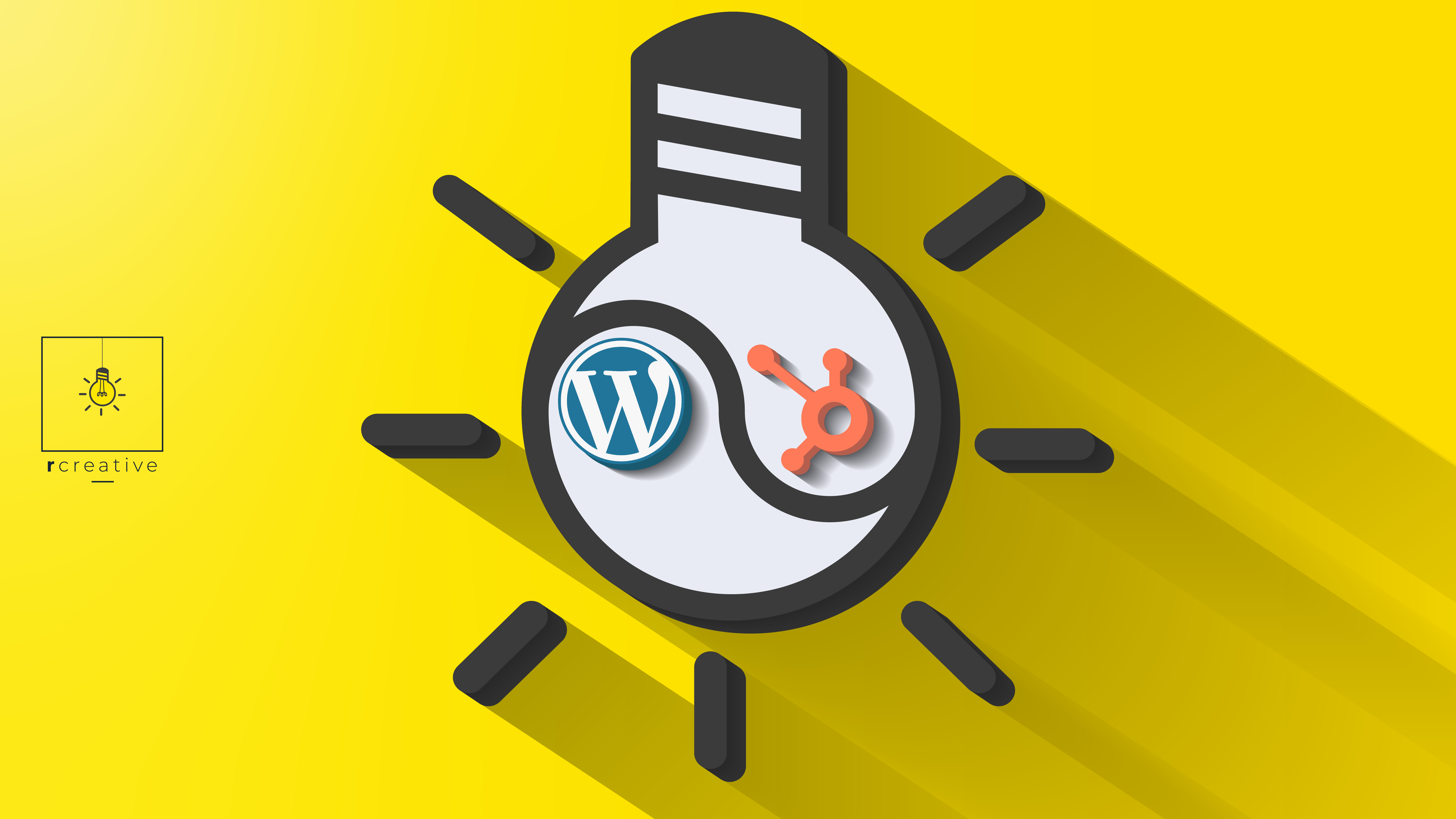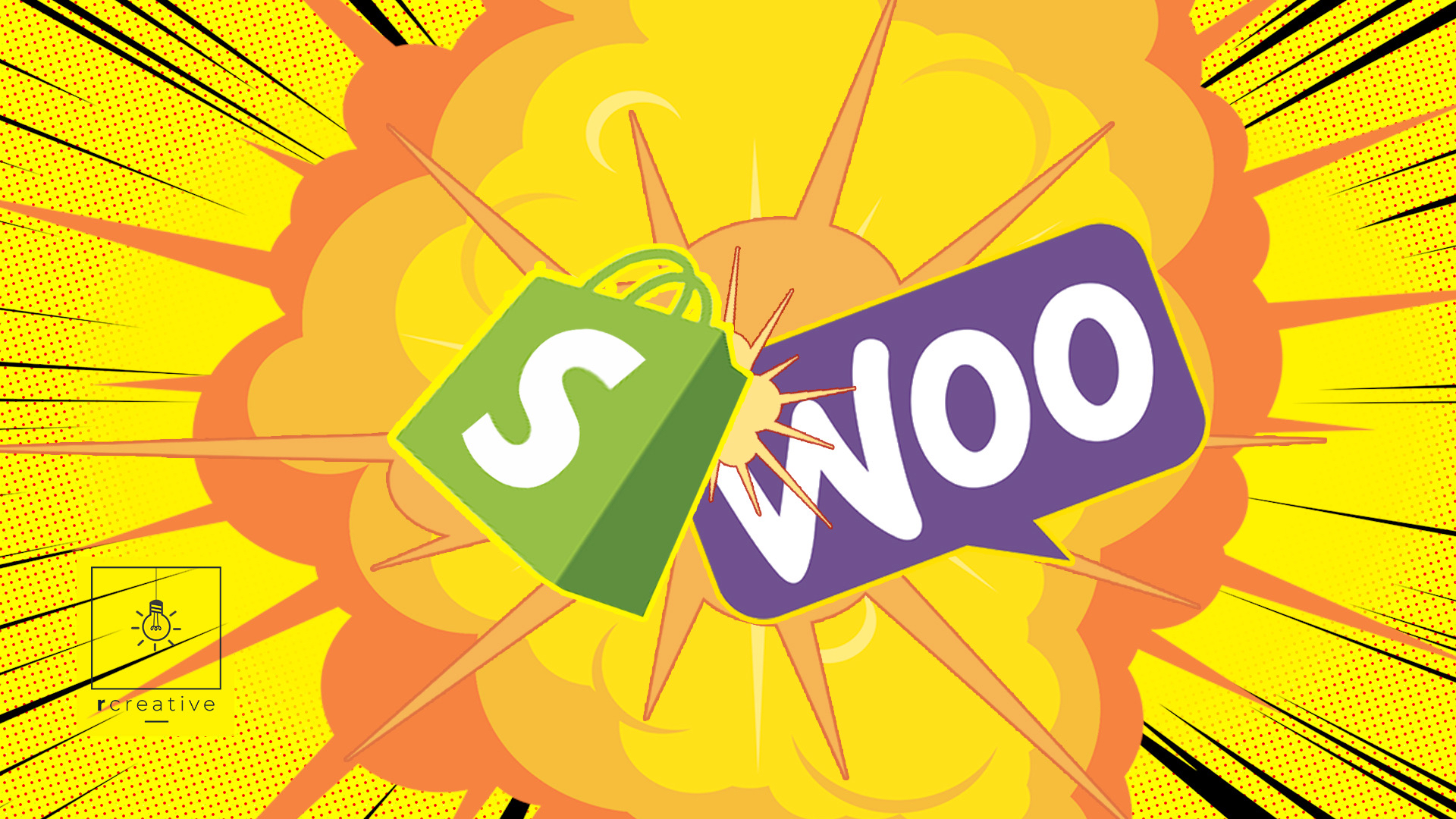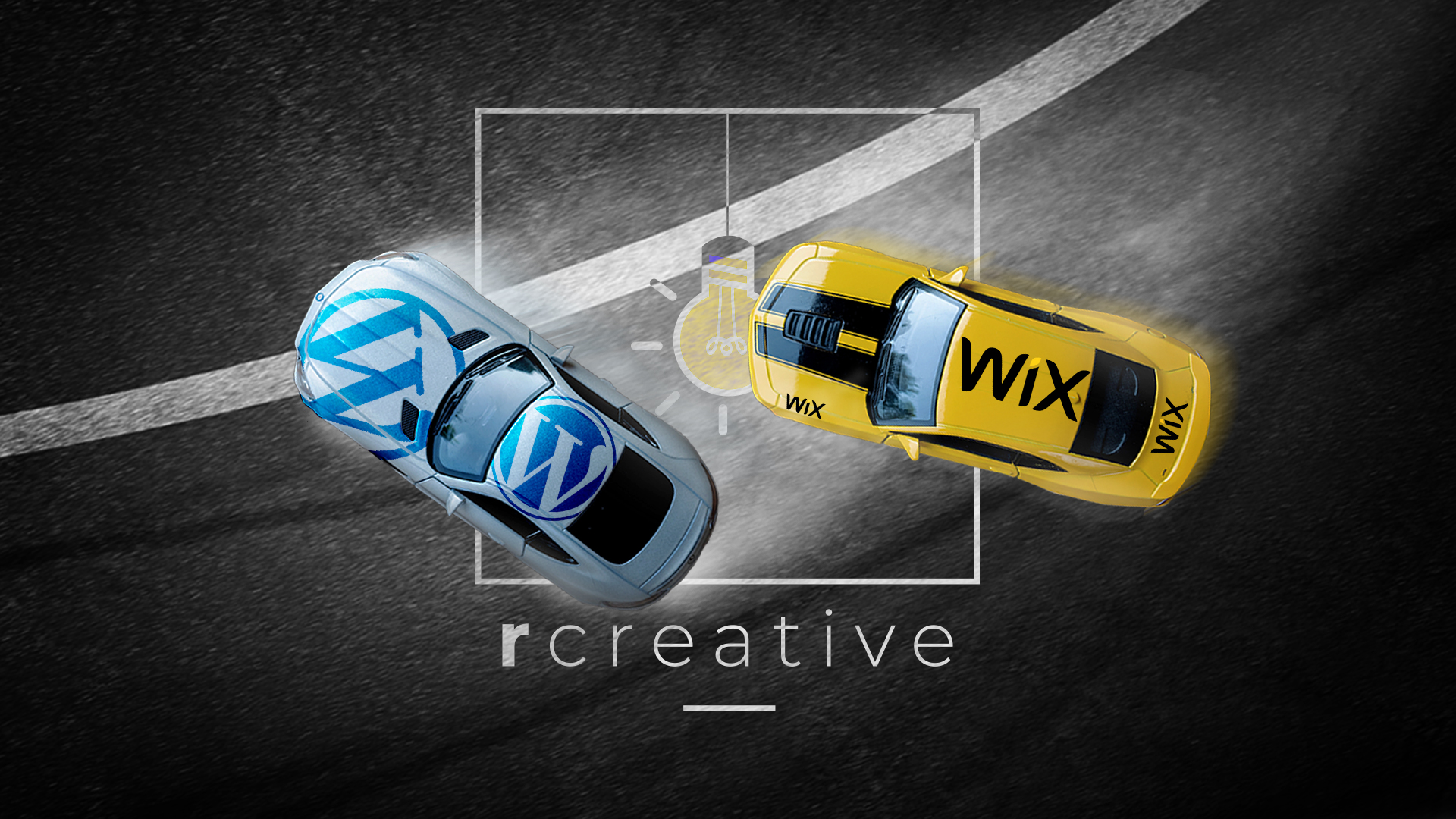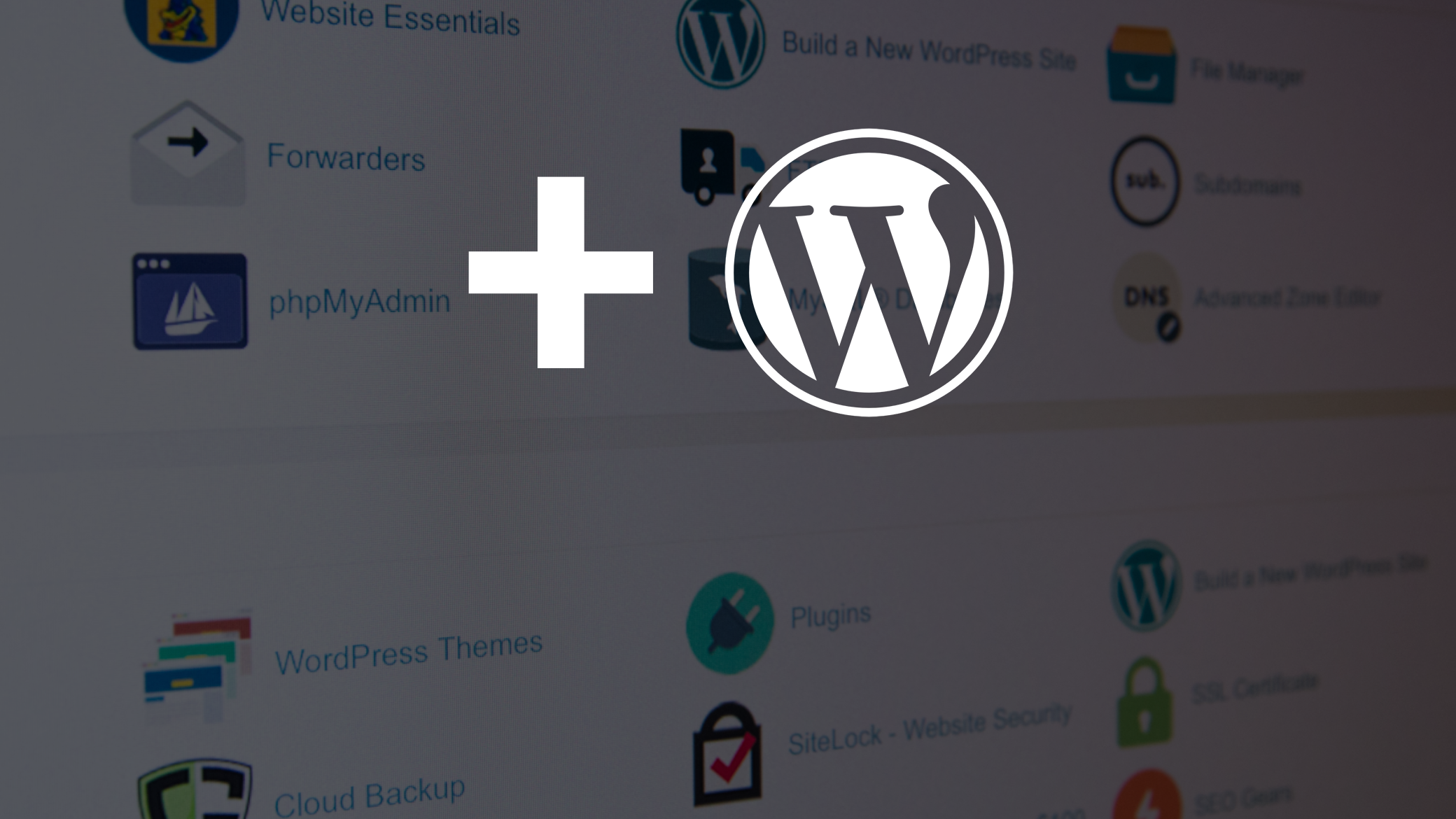HubSpot vs WordPress: The Ultimate Comparison – 2023 Update
Let's pit HubSpot CMS and WordPress against each other and see who comes out on top. Updated for 2023 and comparing seven essential features.
Finding Your eCommerce Solution – Shopify vs. Woocommerce
Need to launch an e-commerce site? Trying to decide between Shopify and WooCommerce? We've got your back in this article.
Wix vs WordPress: Which Should You Use to Build Your Website?
You’ve probably heard of popular platforms like Wix and WordPress. Which should you choose (if either)? Find out in this guide.
How to Add a WordPress Blog to a Non-WordPress Website
Did you know you can add a WordPress blog to your non-WordPress website? You don't need an entirely new website to get the best blogging content management system.
4 Ways Updating to WordPress 5’s Gutenberg Will Affect Your Business’ Aging Website
WordPress has changed forever. WordPress' update to version 5 released on December 6, 2018 and brought with it a whole new way to compose blog posts and pages. The WordPress team is calling the new post editor "Gutenberg" (you know, after the guy who invented the printing press and changed media forever).If your business or nonprofit has an aging WordPress website you should know what you're in for and how to prepare before clicking the "update" button to WordPress 5.x. [text_with_frame id="368c1dbfefba91dceb946d322e0e86bc" content="‹¨›p‹˜›‹¨›em‹˜›If you find this article helpful consider giving it a share‹¯›nbsp;‹¨›/em‹˜›?‹¨›/p‹˜›" line_color="rgba(0,0,0,.07)" text_font="body" heading_font="heading" animation="none" animation_speed="2" animation_delay="0" __fw_editor_shortcodes_id="e6852c2dacc162bc8c34ba646905e841" _fw_coder="aggressive"][/text_with_frame] What is Gutenberg? Gutenberg is WordPress' attempt to keep up with the growth of popular DIY site builders like Weebly, Squarespace, and Wix. The classic WordPress editor is showing its age. It isn't drag and drop, it gets cluttered by plugin features, and it requires authors to keep clicking "preview" to see what their post will look like. Gutenberg aims to solve all of this. With WordPress 5 Gutenberg replaced the classic editor completely. WordPress users are now composing blog posts using rearrangeable content "blocks" instead of a single giant block of text, interacting more intuitively with plugins, and previewing their posts as they compose them rather than toggling between the editor and preview. Gutenberg has been a polarizing release for WordPress (just check out the comments below). But regardless of whether you think Gutenberg is an instant success or a slow burn it will affect how your business or nonprofit uses its website. WordPress 5's Gutenberg update will affect your business or nonprofit by... 1. Forcing you to develop a new workflow Have you ever tried to use…
Squarespace vs WordPress – Which Website Builder Should Your Business Choose?
So your business is considering launching (or re-launching) a new website? If so, you’ve probably heard of popular site builders like Squarespace and WordPress. Let’s pit Squarespace and WordPress against each other and see who comes out on top.
8 Reasons Why Your Nonprofit Should Be Using WordPress for its Website in 2019
WordPress has been a popular content management system (CMS) since it launched in 2003. Although originally designed as a blogging tool, it now powers nearly a third of the Web. That’s more than 60 million websites – many of which are nonprofit sites. Nonprofits, big and small, local and global, are choosing WordPress because it empowers them to focus on what they do best – make our world a better place.
Using a Website Template or WYSIWYG Website Builder? Don’t Forget to Tie Up These Loose Ends
Few websites are built without some kind of templating. Even web developers use low level templating to organize their code and streamline their development process. If you’re building your own website you’re probably using a visual template for your website (often called a theme). You may even be using a what-you-see-is-what-you-get (WYSIWYG) drag and drop web builder (like what is offered by WordPress’ Gutenberg, Wix, or Weebly). But there is an inherent danger when using website templates - forgetting to make them uniquely yours. You don’t want someone visiting your website only to find some content they have seen on a similar looking site elsewhere. If you find this article helpful consider giving it a share ? Once you’ve completed your first draft with your website template don’t forget to tie up these loose ends: Boilerplate Most web templates include some static text meant to get you started, explain the purpose of the template page, or give you instructions on how to use that page template. Don’t forget to replace or edit this text. Your best bet, read it and then delete it and write the content for your own page. You don’t want boilerplate on your site. Even if the homepage template’s text sounds like it's gold you don’t want to run the risk of sounding like someone else, publishing duplicate content, or being noticed for being identical to another site. Write your own content or hire a copywriter to write uniquely great content for your site. Default stock photos You want your website to look great. Hey, we get it. You don’t have the time or equipment to take photos as great as the stock photos included in…
Should I Use a Slider on My Webpage? Slider Pros and Cons
So you want to use a “slider” on your webpage. But should you? Find out here. What is a Slider? An image slider (or carousel) is a popular webpage feature - especially on homepages. A slider is basically a slideshow of images, text, and/or videos that may either automatically scroll or allow visitors to scroll through the content. Sliders are usually powered by JavaScript, used on the top of webpages, and automatically advance at time intervals. But, like most popular webpage features, there are a variety of slider solutions. You’ve probably seen sliders used before. This ecommerce store, for example, uses a slider to show off the variety of custom products they offer: Slider Pros Some trends defy explanation - the slider trend isn’t one of them. Here’s why sliders took over the web: Pro: More content in less space. Sliders, by nature, make portions of your content visible at different times. The upside to this is that you can pack a lot of content into a small space. Want to tell a visual story about your new product (but don’t want to use a lot of vertical scrolling to do so)? A slider solves this. Pro: Text on image layering without image manipulation or writing code. Before popular slider plugins layering images and text required either image manipulation or code. Sliders have eliminated this need for most users. A robust slider plugin will handle the image changes and coded functionality for you - so you can focus on design. Pro: Interactive content that draws your visitors’ attention. The best sliders give the visitors control (either through forward and back buttons or with scrolling). Such functionality makes sliders interactive. Interactive…
Medium vs WordPress
So you are thinking of starting (or restarting) a blog (by the way, if you aren't blogging yet you should be). You’ve heard of popular blogging platforms like Medium, WordPress, and HubSpot CMS. Which blogging platform should you choose? In this article we pit two of the most popular blogging platforms against one another to reveal their pros and cons. Medium vs WordPress, which is the best choice for your blog, business, or nonprofit? The answer to this question will differ for each blogger, business owner, and leader. So we're sticking to facts in this comparison and breaking the whole thing down into six rounds: Ease of Use Branding Aesthetic Monetization Search Engine Optimization (SEO) Ownership But first, what is a "blogging platform" anyway? [text_with_frame id="368c1dbfefba91dceb946d322e0e86bc" content="‹¨›p‹˜›‹¨›em‹˜›If you find this article helpful consider giving it a share‹¯›nbsp;‹¨›/em‹˜›?‹¨›/p‹˜›" line_color="rgba(0,0,0,.07)" text_font="body" heading_font="heading" animation="none" animation_speed="2" animation_delay="0" __fw_editor_shortcodes_id="e6852c2dacc162bc8c34ba646905e841" _fw_coder="aggressive"][/text_with_frame] Blogging Platforms In short, a blogging platform is any online software or service that makes it easier for you, the blogger or business owner, to launch and maintain a blog. The best blogging platforms make publishing posts intuitive, reading posts pleasurable, and monetizing your brand possible. Both Medium and WordPress are pro blogging platforms. They're both helping people put their great content on the screen and deliver it to readers. Medium Medium is a relative newcomer to the blogging space. Evan Williams (former CEO of Twitter and founder of another popular blogging platform, Blogger) launched Medium in 2012. Originally, Medium was branded as a publishing platform for content longer than Twitter's then 140 character limit. Medium has grown up in the six short years since then to become a well known publishing platform with a…






